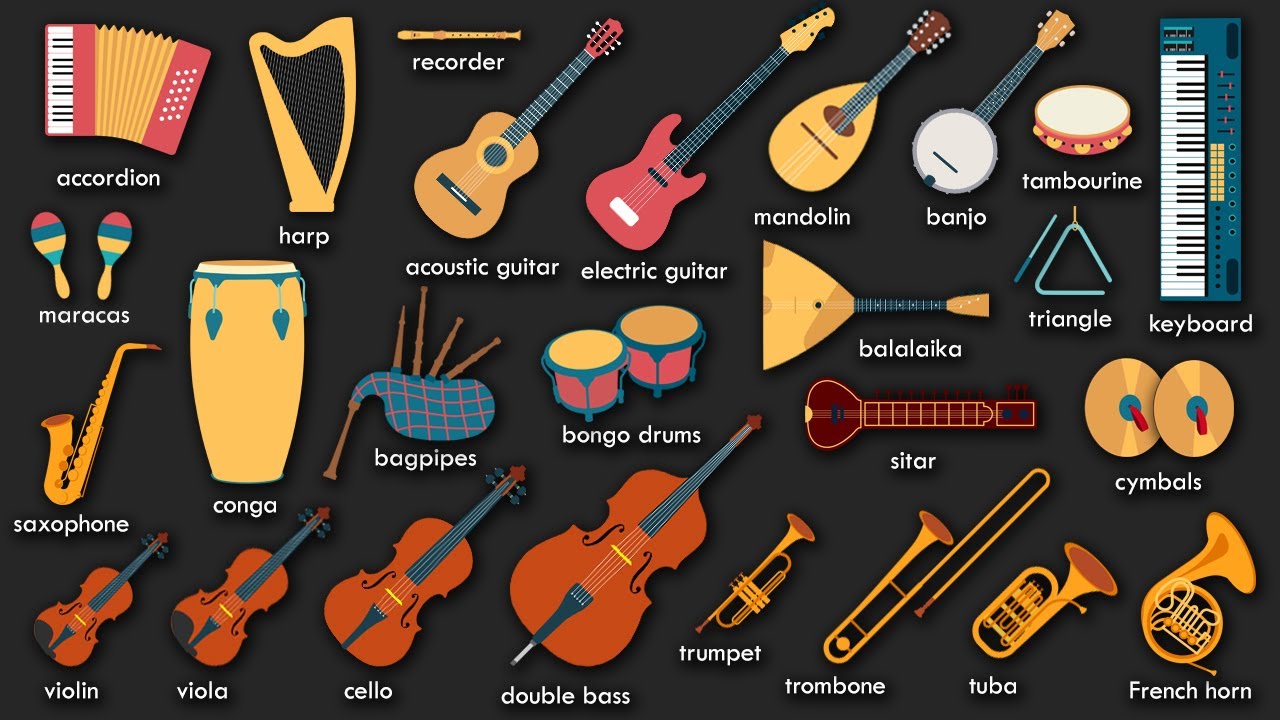In the expansive and intricate world of music, the calibration of instruments stands as both a scientific and artistic endeavor. Calibration, in this context, refers to the adjustment and tuning of instruments to achieve desirable tonal qualities and precise measurements. It is a fundamental process that ensures the integrity of the musical experience, and its implications extend far beyond mere auditory pleasure. Understanding the calibration of musical instruments invites a fascinating exploration into the confluence of physics, acoustics, and human perception.
At its core, calibration involves the establishment of standard measurements and characteristics that define an instrument’s performance. Different types of instruments—strings, brass, woodwinds, and percussion—each have their own unique calibration needs. These requirements arise from the physics of sound production, resonance, and the material properties of the instruments themselves. For example, a violin’s strings must be meticulously calibrated to determine both pitch and timbre. The tension of the strings, the length of the vibrating portion, and even the materials used in their construction contribute to the final auditory output.
One of the primary observations regarding the calibration process is the variation in standards across different cultures and musical genres. The equal temperament system, a prevalent tuning framework in Western music, provides a uniform approach to interval structuring. However, diverse musical traditions, such as Indian classical music, operate on microtonal scales that extend beyond the conventional Western octave. This invites deeper contemplation on how calibration not only facilitates precision but also preserves cultural uniqueness in music.
The calibration process typically begins with the assessment of each instrument’s physical parameters. Specific measurements—such as body dimensions in string instruments or the bore size in brass instruments—affect how sound waves travel and resonate. For instance, the length and diameter of a flute significantly determine its pitch; a longer flute yields a lower tone, while a shorter one produces higher frequency sound waves. The calibration process ultimately seeks to align these physical characteristics with their intended musical output.
To achieve precise calibration, one must consider both static and dynamic factors affecting the instrument’s performance. Static factors include the material properties and design of the instrument, while dynamic factors arise from environmental influences, such as humidity and temperature. Wood, used in many traditional instruments, is particularly susceptible to environmental changes, leading to fluctuations in tone. Consequently, luthiers—the craftsmen who build string instruments—often recommend routine adjustments to maintain optimum sound quality, illustrating the ongoing nature of calibration and maintenance.
In the realm of electronic instruments, calibration takes on an additional layer of complexity. Electronic tuners and pitch detection algorithms utilize sophisticated algorithms to analyze sound waves. These devices can provide real-time feedback, enabling musicians to refine their tuning with a level of precision not achievable through ear alone. The reliance on technology in this calibration process raises questions regarding the balance between human instinct and mechanical accuracy, creating a fascinating dichotomy in modern musicianship.
The perceptual aspect of instrument calibration further complicates the landscape. Human ears possess remarkable sensitivity, and pitch perception is influenced by various cognitive factors, including auditory masking and the Harmonic Series. These perceptual phenomena highlight the subjective nature of musical experience. A musician’s personal preferences and stylistic choices can radically alter how an instrument is calibrated. For example, a jazz trumpet player may favor a looser tuning to achieve a “warmer” sound, while a classical musician might prefer a more rigid adherence to traditional pitch standards to ensure accuracy in ensemble settings. Thus, calibration serves not only as a technical procedure but also as a form of artistic expression.
Exploring the psychological dimension of instrument calibration unveils deeper reasons for fascination. The act of tuning an instrument is often imbued with ritualistic significance. Musicians frequently engage in pre-performance rituals that include the meticulous tuning of their instruments to forge a connection with the music they are about to create. This engagement can be seen as a dialogue between the musician and their instrument—an interaction that transforms mere calibration into an experiential process. This connection, in turn, can evoke emotional responses in listeners, highlighting the profound impact of calibration beyond the technical realm.
As one delves deeper into the topic of instrument calibration, the interplay between tradition and innovation becomes ever more apparent. With advancements in technology, musicians and researchers are continually inventing new methods to refine calibration processes. The advent of digital tuners, pitch analysis software, and even artificial intelligence has revolutionized the landscape, allowing musicians to explore novel tonal possibilities. Nonetheless, these advancements bring with them a tension between preserving the authenticity of traditional craftsmanship and embracing contemporary capabilities.
Ultimately, the calibration of musical instruments offers a comprehensive microcosm of broader themes present in both music and science. The ongoing quest for precision, coupled with the subjective nature of human experience, creates a profound narrative that transcends the mere act of tuning. As musicians navigate the multifaceted layers of calibration, they engage in an intricate dance that intertwines art, culture, and science, producing sounds that resonate with audiences and evoke collective emotions. Thus, calibration remains not only a technical process but also a conduit through which the essence of music is articulated and experienced.










